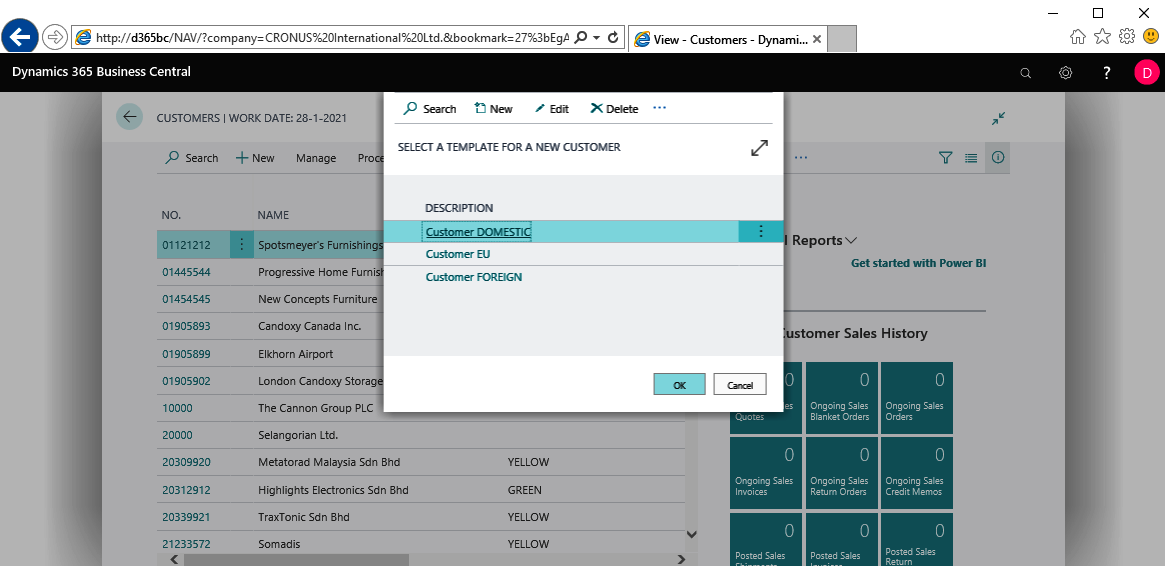In the previous chapter, we built our first basic test automation in Dynamics 365 Business Central. We looked at three simple examples that show how to apply the Acceptance Test-Driven Development (ATDD) test case pattern and our 4-steps recipe to get customer wishes converted into an application and test code. In this chapter, we will use the same methodology to create some more tests that:
- Use a shared fixture
- Are parametrized
- Hand over variables to UI handlers


